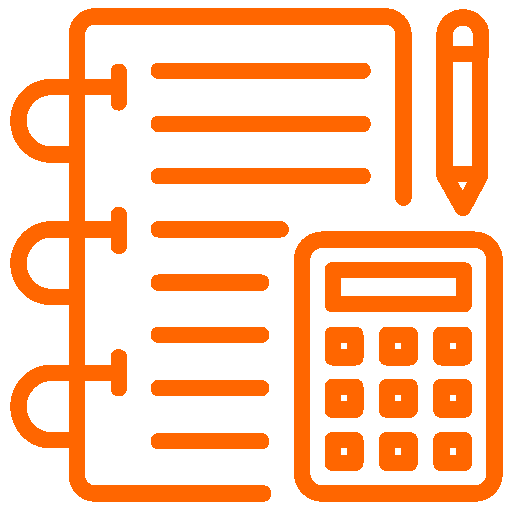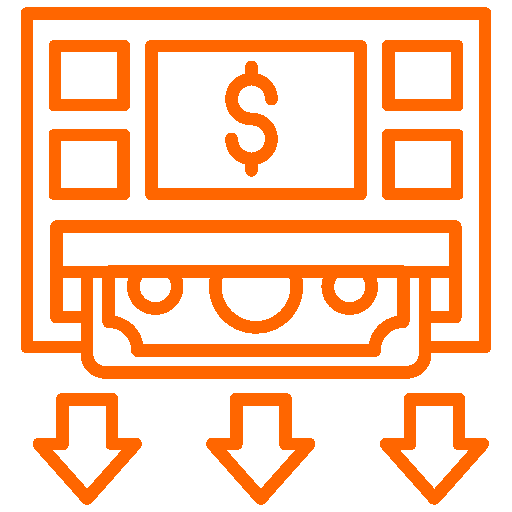Understanding your Rule 4 deduction
As always we tried to implement these rules as traceable as possible for you. If you roll over the "Rule 4 applies" information at the head of a race card you will see a tooltip showing you any deductions applied to bets in this market if any together with the according non-runners. Further you will see the deduction applied to your bet when you open the bet details in the "Bet History" section. However, if you have any questions about the Rule 4 deductions please do not hesitate to contact us.
Example:
|
|
Market A |
Market B |
Market C |
|
Runner 1 |
2.00 |
1.61 |
1.40 |
|
Runner 2 |
10.00 |
8.50 |
Non-Runner |
|
Runner 3 |
4.00 |
3.25 |
3.00 |
|
Runner 4 |
5.00 |
Non-Runner |
Non-Runner |
|
Runner 5 |
20.00 |
20.00 |
17.00 |
We assume to have a race with initially 5 runners which has been priced up as displayed above in the column "Market A". One hour before the race runner 4 is withdrawn. The fixed odds of a market are changing frequently but whenever a runner is entered into or withdrawn from a race, a new market is formed by the bookmaker. Therefore after this withdrawal the Market B has been formed and when a bit later runner 2 was also declared a non-runner Market C has been formed.
Three players placed a win bet of €10 each on runner 3. The first bet was placed in the original market (A), the second bet was placed in market B and the third bet was placed a bit later in the Market C. All other players who bet on the withdrawn runners 2 and 4 get their stakes refunded. Runner 3 wins the race which results in the following payouts:
The player who placed his bet in Market A would usually receive a payout of €40 (which are €30 net winnings). However, according to the rules above he will have a total deduction of 30% from his net winnings as runner 4 was priced with 5.00 in his market at the time of withdrawal (20% deduction) and runner 2 was priced 10.00 (10% deduction). Therefore his payout will be €10 + (€30 x 70%) = €31.
The player who placed his bet in Market B would usually receive a payout of €32.50. However, according to the rules above he will have a total deduction of 10% from his net winnings as runner 2 was priced with 8.50 in his market. As runner 4 was already not priced up any more at the time he placed his bet no deduction applies for this non-runner. Therefore his payout will be €10 + (€22.50 x 90%) = €30.25.
The player who placed his bet in Market C receives his payout of €30 without any deductions as both non-runners were already declared as such in the market his bet was laid in.
As you can see all players got a similar payout for their bets even if they placed them in different markets. Further all the players which laid a bet on the runners which were subsequently withdrawn are happy as they got their stakes refunded.















